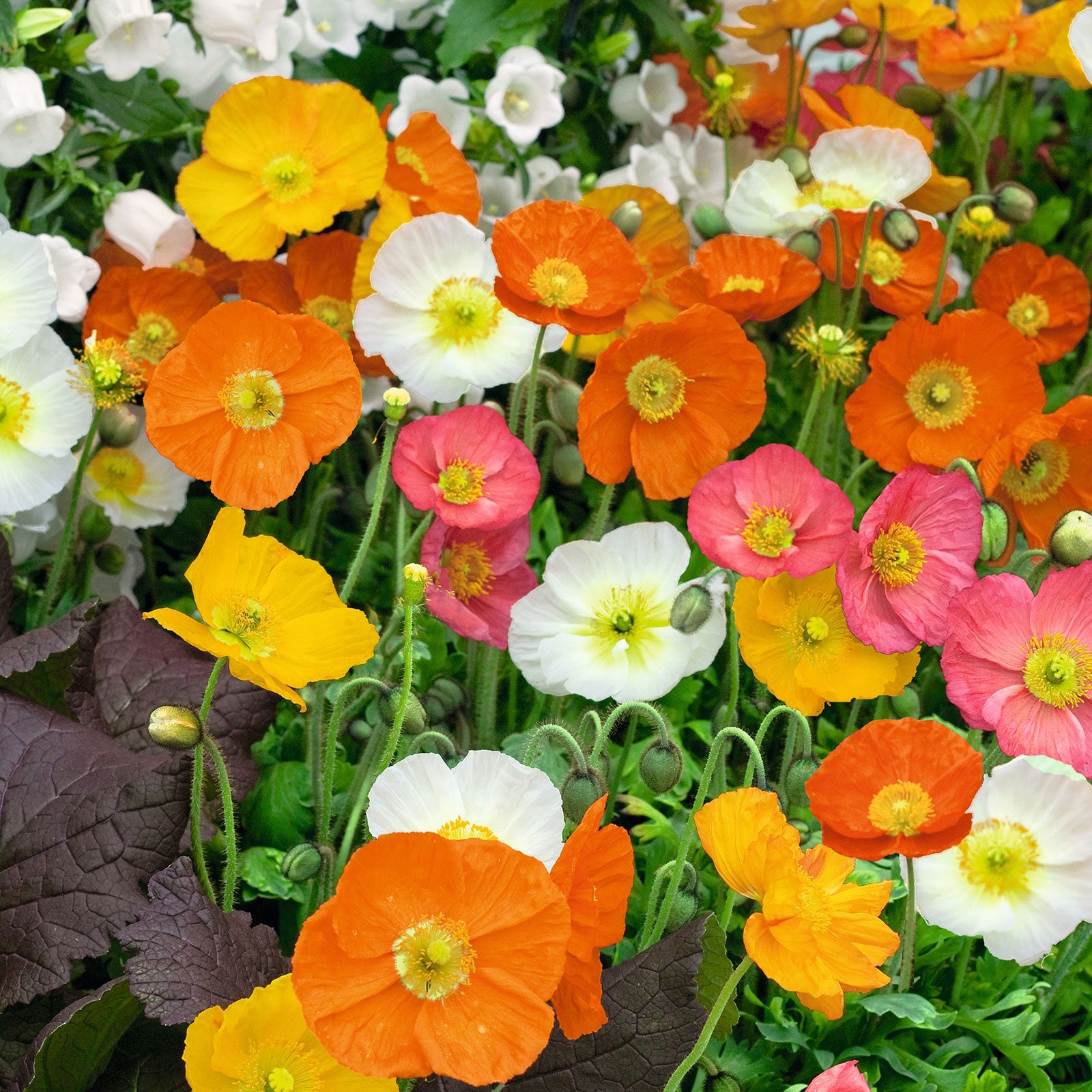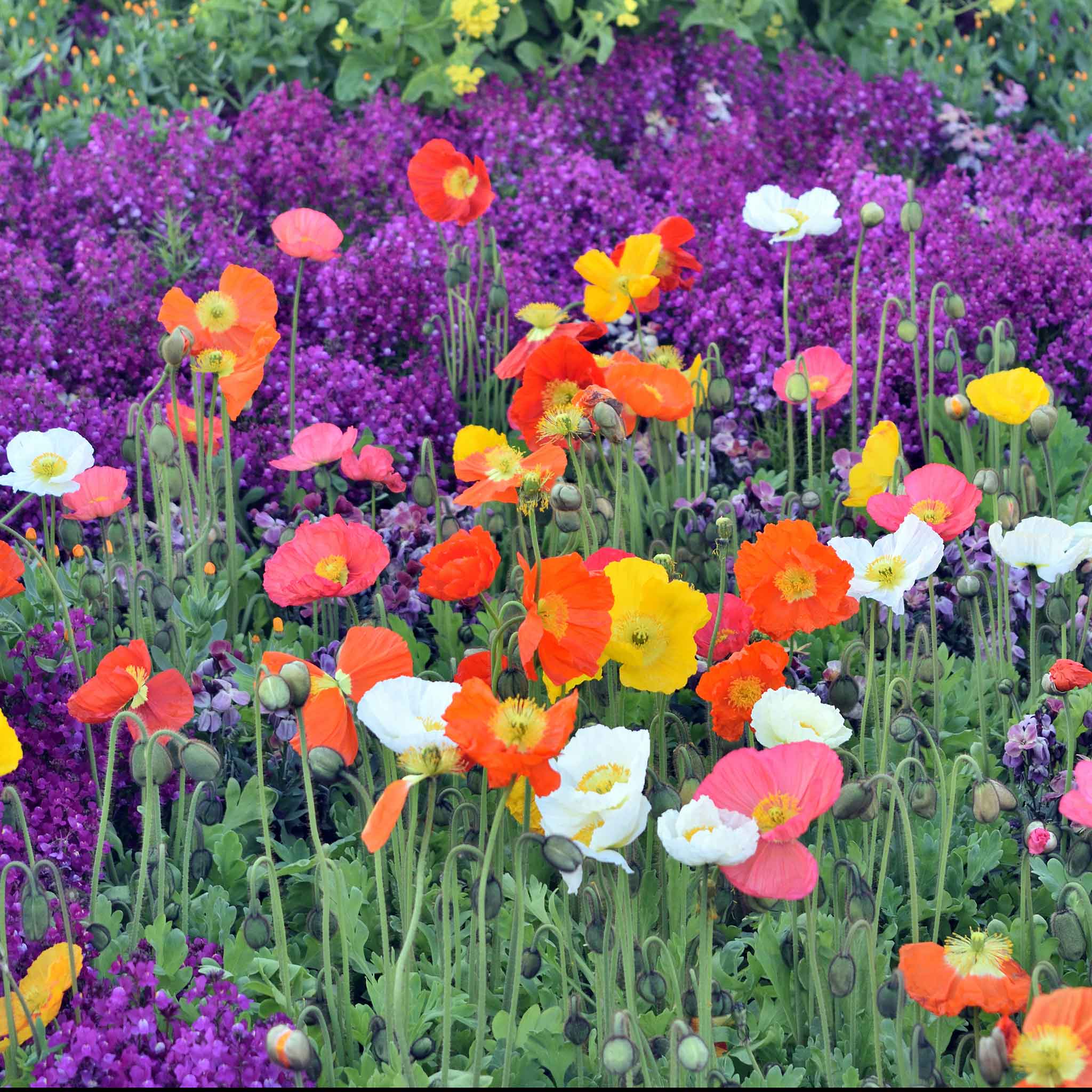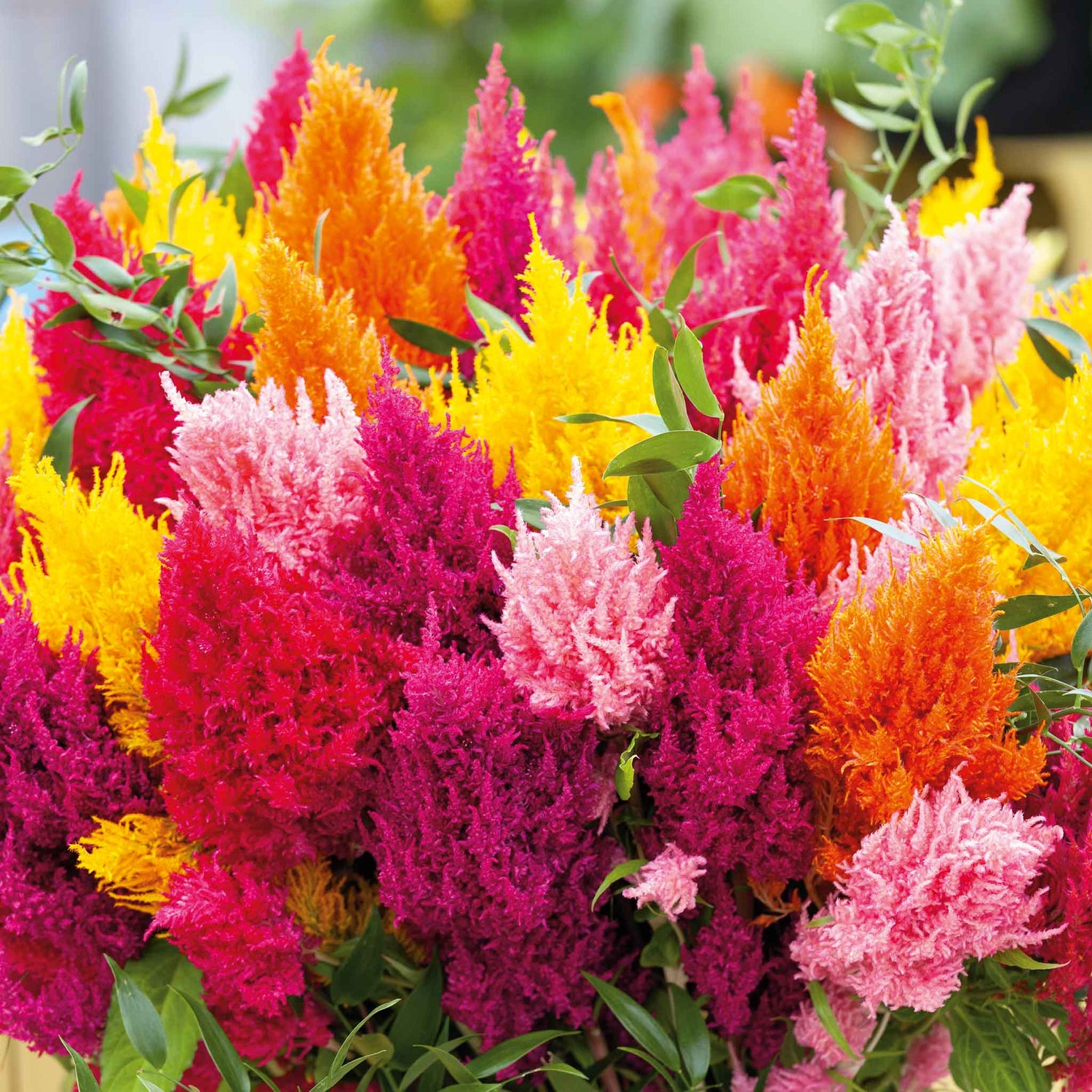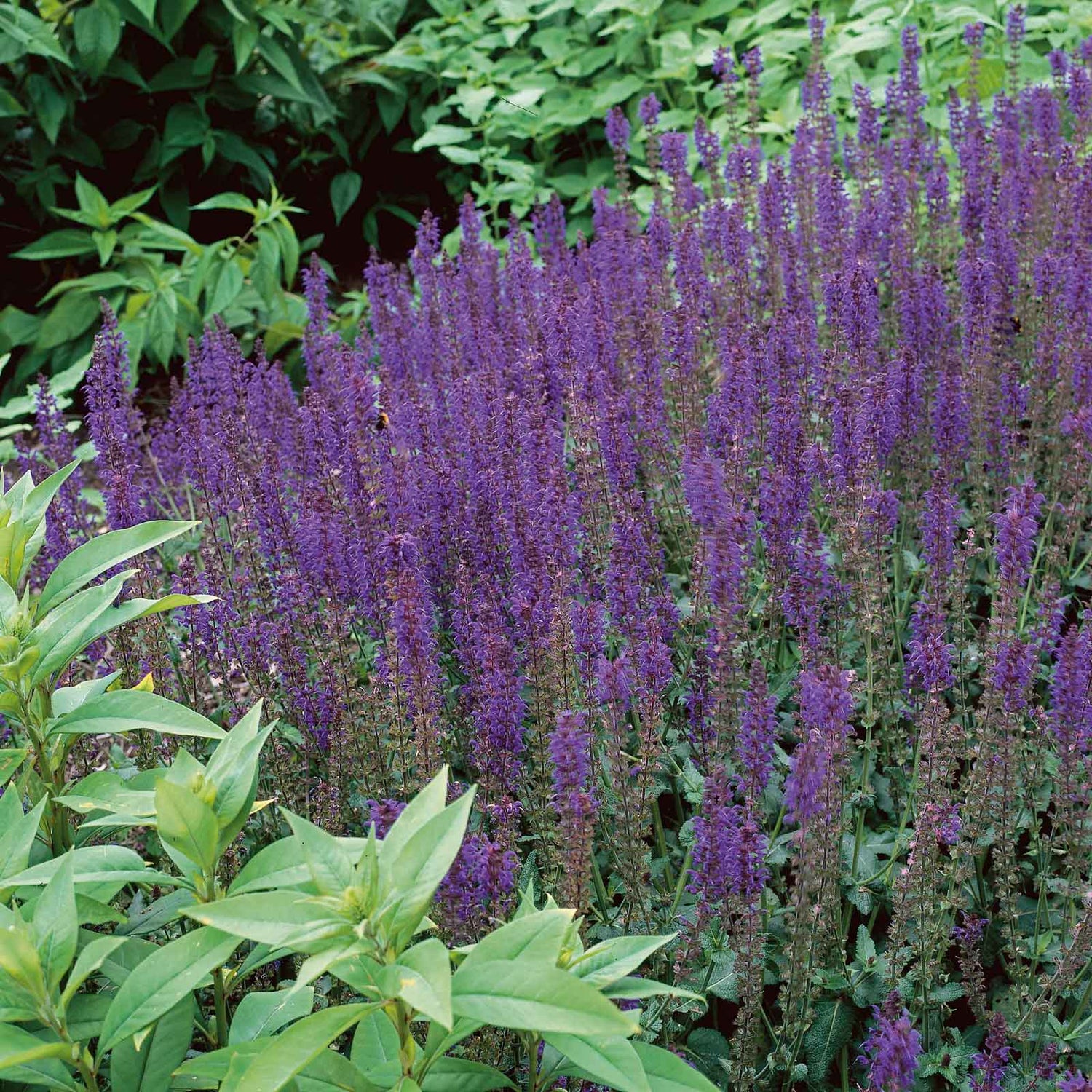Iceland Poppy Seeds - Mixed Colors
Iceland Poppy Seeds - Mixed Colors
Couldn't load pickup availability
- These blooms look crafted from crepe paper
- Cool region perennial (annual in warmer climates) with large, distinctive blooms
- Easy to grow pollinator attractor with multi-colored Spring blooms
- Poppy seeds require a cool period of 2-4 weeks to break dormancy, and some gardeners choose to cold stratify their seeds.




Shipping Schedule
Pre-ordered Bulbs: Pre-orders will not ship immediately, but they will be delivered at the ideal time for planting in your area. For customers who order bulbs in advance, please see the shipping schedule below. Orders containing both seeds and bulbs may be split into multiple shipments.
| Pre-Ordered Spring Bulbs & Perennials | Shipping Begins |
|---|---|
| Zones 9 - 12 | Mid February to Early March |
| Zone 8 | Early to Mid March |
| Zone 7 | Mid March to Early April |
| Zone 6 | Late March to Late April |
| Zone 5 | Mid to Late April |
| Zones 2 - 4 | Mid April to Early May |
| In-season orders ship immediately at the time of purchase to all zones until inventory is depleted. | |
| Saffron Crocus & Bearded Iris | Shipping Begins |
|---|---|
| All Zones | Late August |
| Pre-Ordered Fall Bulbs | Shipping Begins |
|---|---|
| Zones 2 - 5 | Early to Mid September |
| Zone 6 | Mid to Late September |
| Zone 7 | Late September |
| Zone 8 - 12 | Early October |
| In-season orders ship immediately at the time of purchase to all zones until inventory is depleted. | |
| Pre-Ordered Fall Perennials* | Shipping Begins |
|---|---|
| All Zones | Mid October |
| *Amaryllis Bulbs, Hosta Roots, Lily Bulbs, Papaver Roots, Paperwhite Bulbs, Peony Roots & Siberian Iris Roots | |
Multiple Ship Dates
Your credit card will be charged for the full amount of your order at the time your order is submitted, regardless of the shipping time for your items. If your order requires multiple shipping dates, you will never be charged more than once for shipping charges. This allows us to ship your non-seasonal items to you as soon as possible, as well as allocate our seasonal product for your order.
For example, a customer places an order in February consisting of 5 Pounds of Wildflower Mix and 50 Darwin Hybrid Tulip Bulbs. The order would be charged in full upon submission, the seed would be shipped immediately, and the bulbs would be shipped at the optimal time in the autumn based on the customer's zip code.
About
Features
About Iceland Poppy Seeds - Mixed Colors
Papaver nudicaule
These large, delicate blooms are native to Subpolar regions all around the globe. Thriving in cool conditions, Icelandic Poppies will not take kindly to excessive heat. In warmer regions, plant as early as possible and expect annual growth, but in cooler regions, Icelandic Poppies will often thrive for several years as perennials.
Planting Information
Coverage
| Amount | Avg Seed Count | Recommended Coverage |
|---|---|---|
| Packet | 2,500 | Up to 80 Sq. Ft |
| 1 Ounce | 179,000 | Up to 625 Sq. Ft |
Companions Plants
Companion Plants for Iceland Poppy Seeds - Mixed Colors
Aesthetic or Culinary
- Choosing a selection results in a full page refresh.





